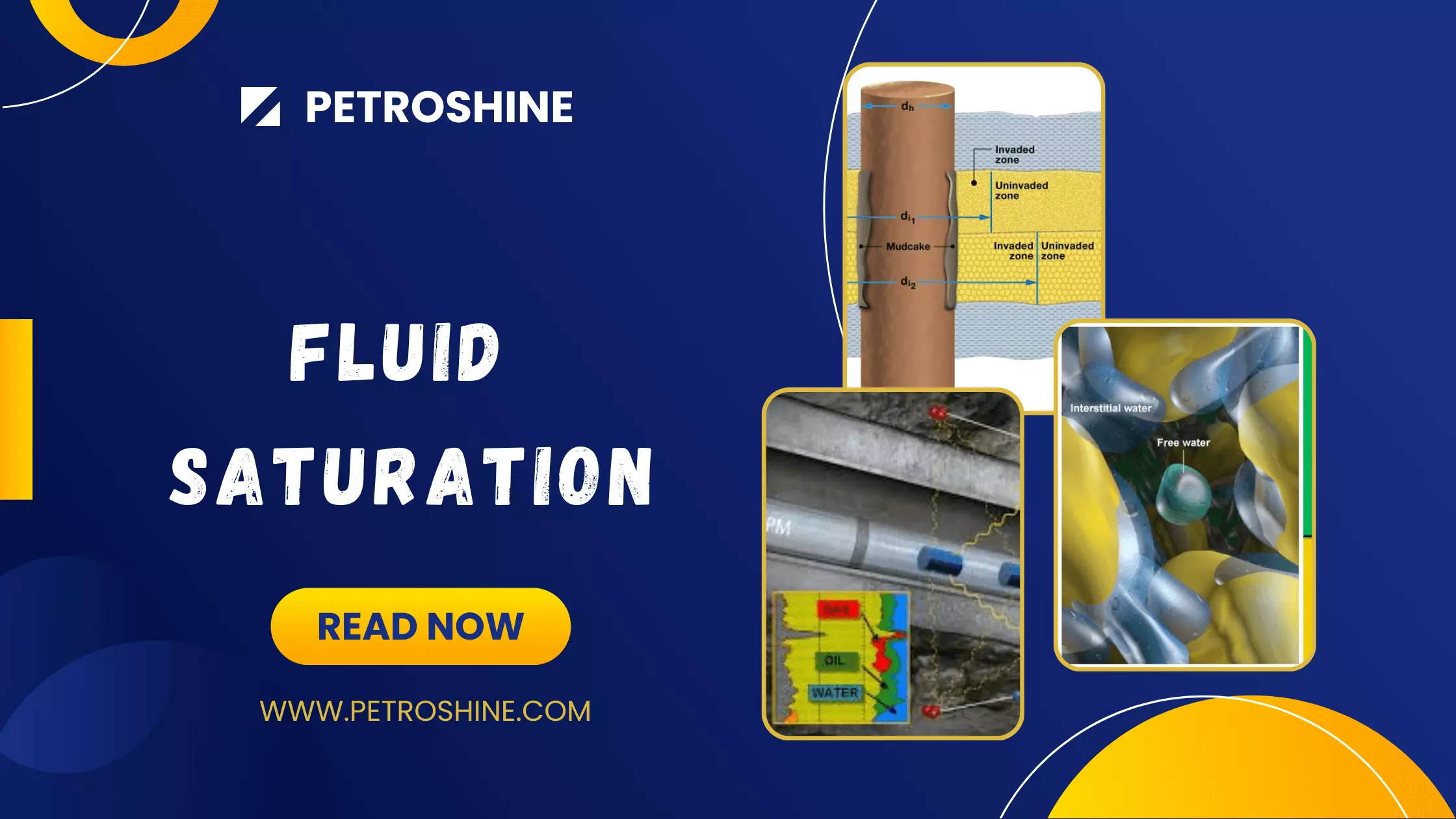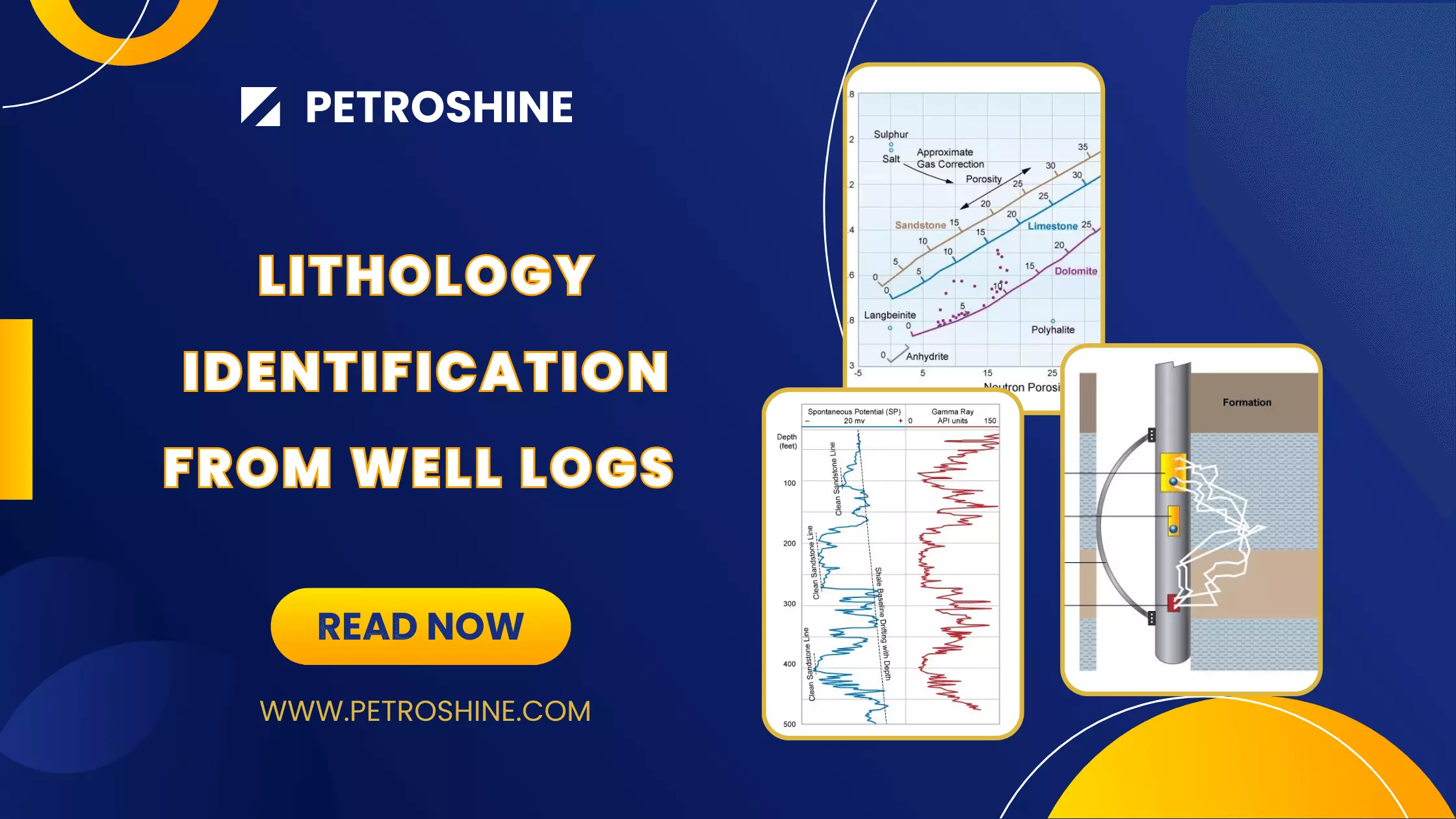Assignment Permeability Measurement
You are one of your company’s petrophysicists and are asked by your multidisciplinary team colleagues to explain why air permeabilities measured in a routine core analysis laboratory on formation rock samples from non-fractured rock give higher values than the actual in-situ reservoir permeability.
Solution
Differences in air permeabilities measured in a routine core analysis laboratory on rock samples from non-fractured reservoirs and the actual in-situ reservoir permeability depend upon the magnitude of permeability as well as the pore geometry.
The higher laboratory values are caused by a combination of gas slippage (the Klinkenberg gas slippage effect), relative permeability, reactive fluids and overburden pressure effects. All of these effects cause higher laboratory permeability values than the actual in-situ reservoir permeability.
Assessment Permeability Measurement
1. Formation permeability is usually measured by what methods? (Select all that apply.)
A .Drill stem tests Correct ✔
B .Analysis of core samples in the laboratory Correct ✔
C .Seismic interpretation
D .Airborne magnetic surveys
2. Which effects on the formation’s permeability can be measured in the laboratory? (Select all that apply.)
A .Reactive fluid Correct ✔
B .Slippage Correct ✔
C .Overburden pressure Correct ✔
D .Relative permeability Correct ✔
3. Why is dry gas normally used as the standard fluid for use in laboratory permeability determinations? (Select all that apply.)
A .It is low cost. Correct✔
B .It minimizes the fluid-rock reactions. Correct ✔
C .It causes the rock to fluoresce.
D .It is easy to use. Correct ✔
Recommended for You
 Petro Shine The Place for Oil and Gas Professionals.
Petro Shine The Place for Oil and Gas Professionals.



